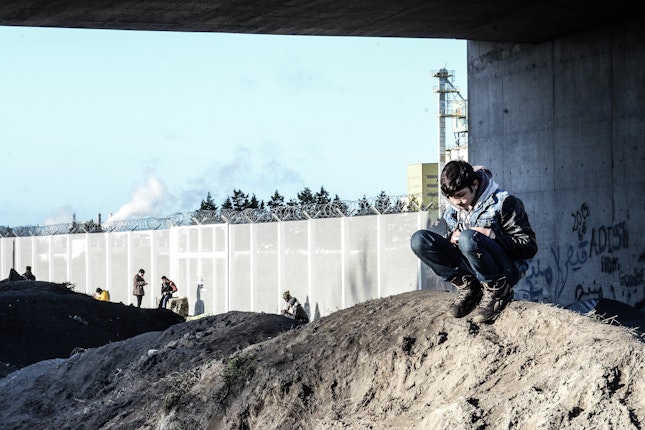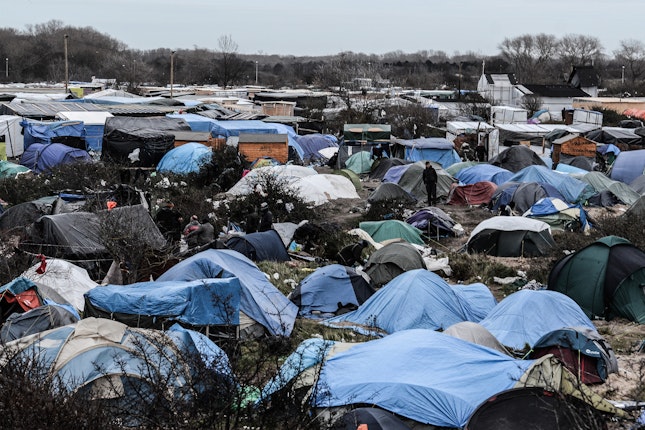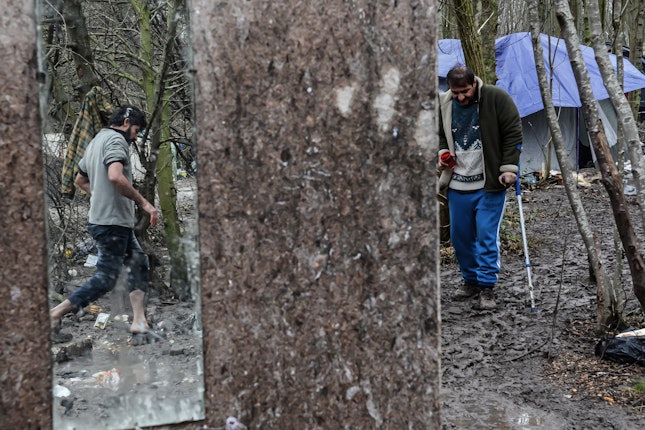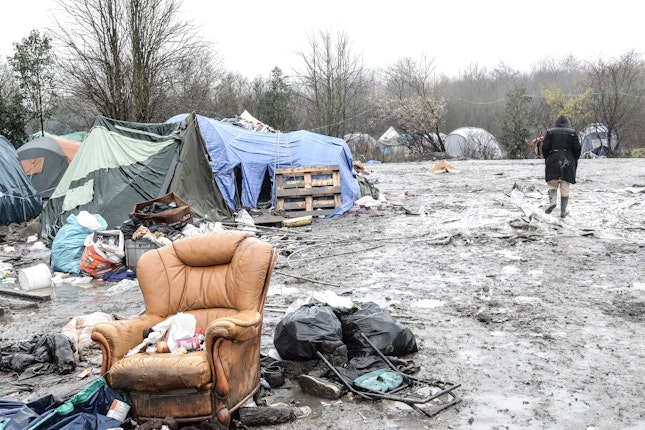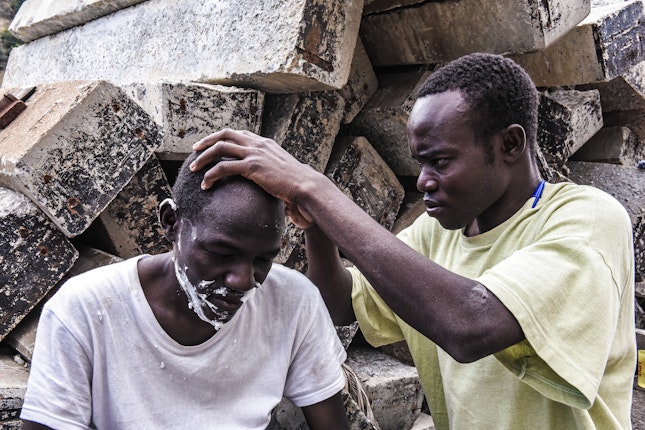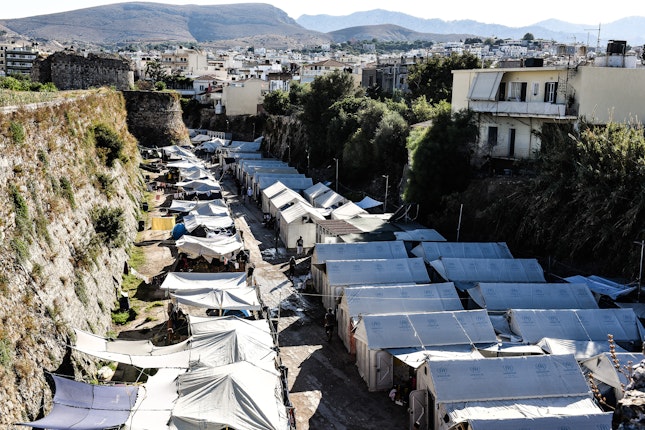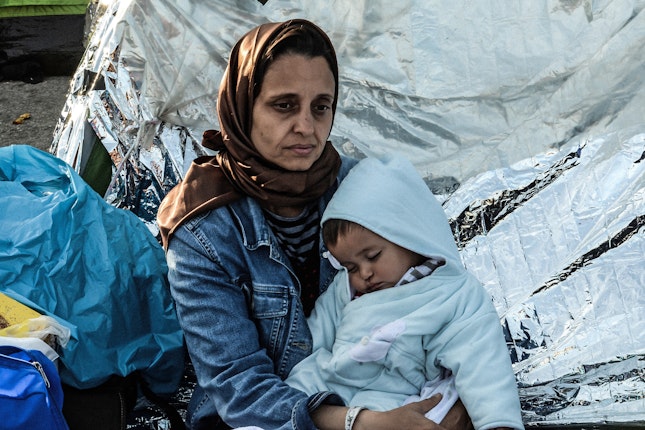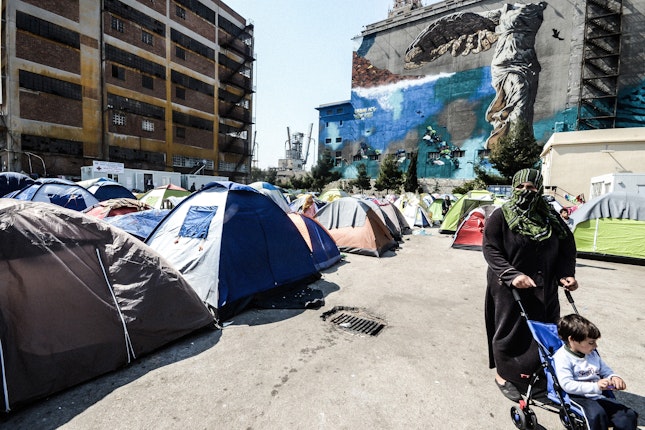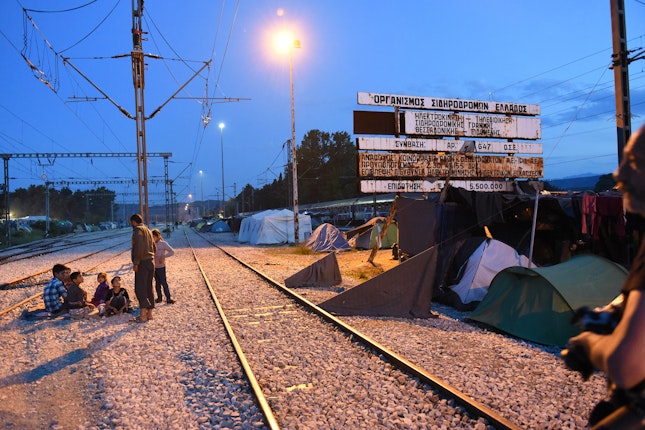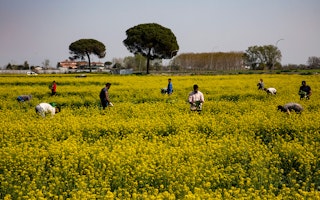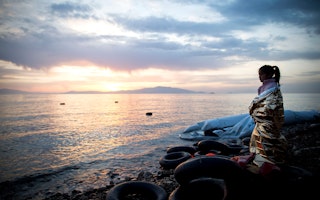Where Europe’s Migrants Wait
By Sara Prestianni
Informal encampments for transiting migrants are sprouting all over Europe, from the outposts of Calais, Idomeni, Chios, and Lesbos, to the capital cities of Rome, Athens, and Paris. Manifesting as patchworks of tent cities and makeshift shelters in repurposed buildings, these encampments throw into sharp relief the consequences of Europe’s reception- and border-management policies.
France’s so-called “Jungle of Calais” is perhaps the most visible example of this. A sprawling encampment near Calais that first appeared in 2002, it has been razed a dozen times by the French and British authorities. This week, mass evacuations began there yet again, as thousands of migrants were boarded onto buses that will disperse them to temporary shelters all over France.
Again and again, this scene has played out as the camp regenerates, only to be cleared out once more. The Jungle of Calais is a startling symbol of the failed migration policies that have left countless migrants vulnerable and adrift. Clearing out the camp has only forced its inhabitants further down the coast, leading to the creation of other “jungles” like Grande-Synthe, Norrent-Fontes, and Angres.
All over Europe, these encampments swell and disperse as migrants are displaced. The Idomeni camp, at the border of Greece and Macedonia, ballooned in November 2015 to become the largest camp in Europe when authorities attempted to close a route to Germany. And in March, the camps of Souda and Dipethe on the Greek island of Chios took in 2,000 migrants after they were left in limbo by a deal between the European Union and Turkey.
For many migrants, life is on hold in these camps as they wait for a new shipment of humanitarian aid, for their next attempt to cross a border, for the latest shift in migration policy. The photography above explores these places and the lives of the people within them—their hospitality, their warmth, and their dignity despite the most precarious of circumstances.
The author is a grantee of the Open Society Foundations for her research on migration.
Sara Prestianni is an expert on European migration policies and is also a photographer.
